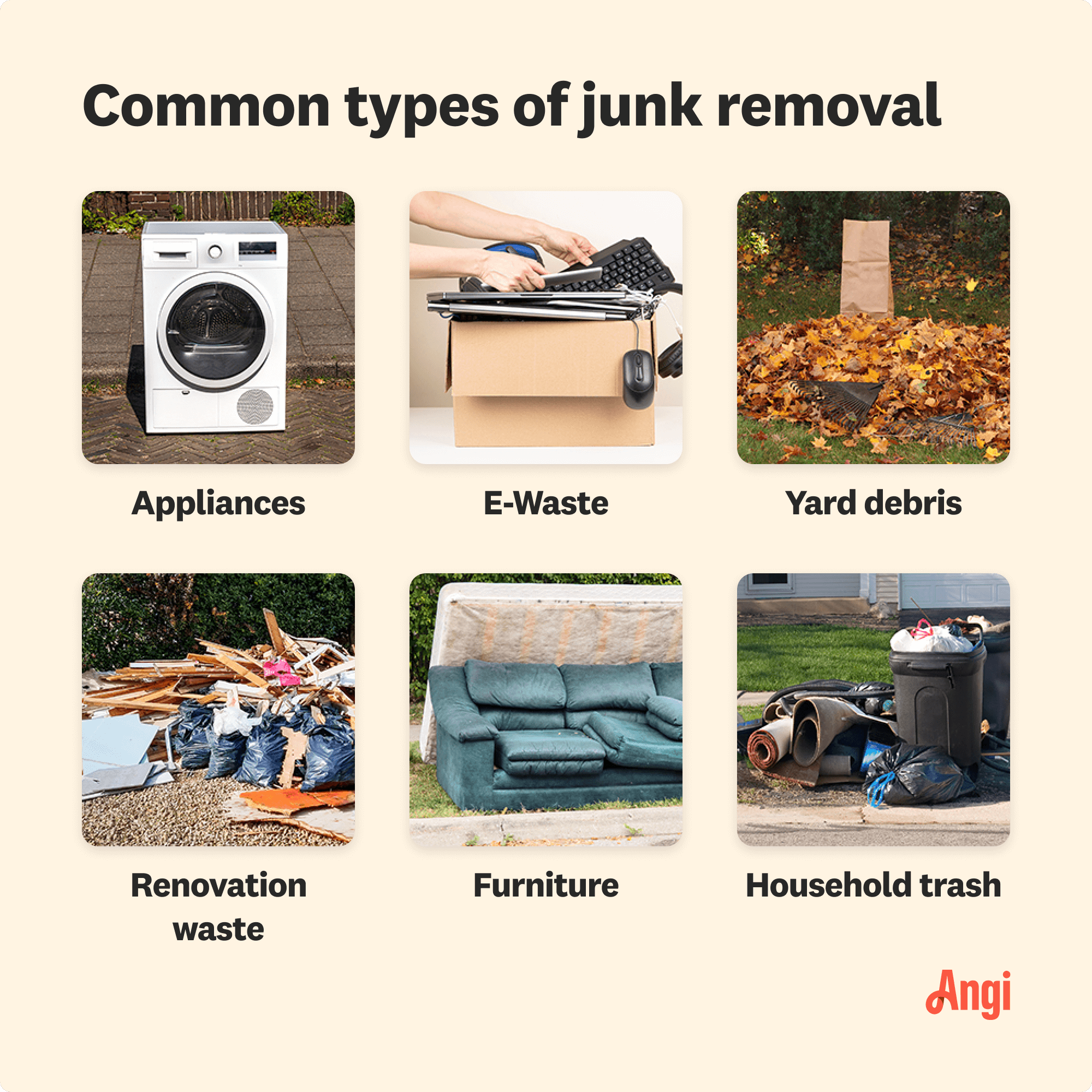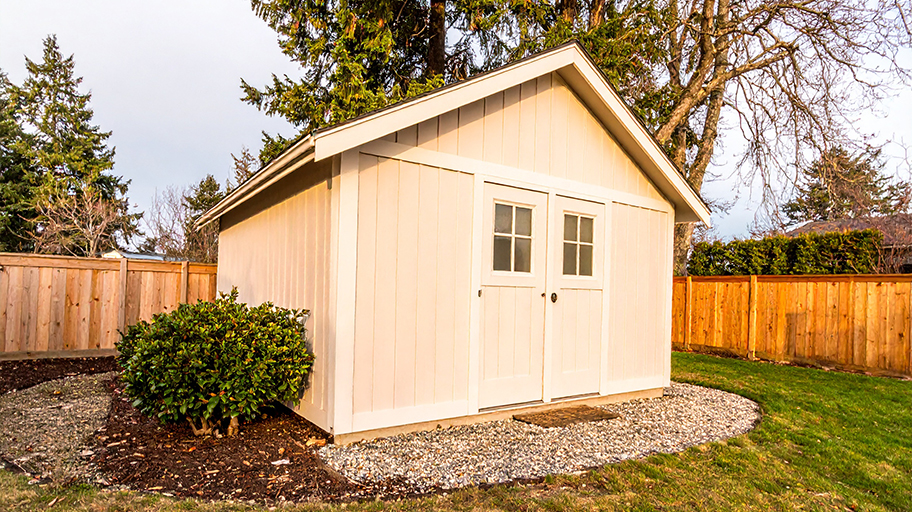
Removing a hot tub costs an average of $400. Learn what factors affect hot tub removal costs, including size, type of hot tub, and disposal method.
Don’t dump your microwave in the landfill if you want to be green and fine-free


Hiring a pro to dispose of a microwave typically costs $200 or more, but it saves time, hassle, and potential safety risks.
Your local electrician will know how to safely remove and transport heavy appliances, so there’s no risk of electric shock or injury.
They’ll also ensure your microwave is recycled or donated properly, keeping it out of landfills and in line with local laws.
If you’re short on time or don’t have the right transportation, a pro can save you the hassle of handling a bulky, awkward appliance to a donation center.
Has your ancient microwave bitten the dust, or do you just want to upgrade to a sleek, new model during a kitchen makeover? Microwaves are compact enough that you might be tempted to throw your old one in the trash. But sending a microwave to a landfill isn’t good for the environment and might even be illegal in your state.
Learn how to dispose of a microwave in five hassle-free and eco-friendly ways.
An eye-watering 55 million tons of electronic waste (e-waste) is produced globally every year. And, despite electrical items having high-value recoverable parts, only 20% of e-waste is officially recycled, according to the UN environment program.

Non-biodegradable e-waste, like microwaves, is frequently buried or incinerated in landfills, leaching toxic chemical pollutants. And studies show that most microwaves dumped would continue to work perfectly with little to no repairs.
Plus, microwaves are on the list of banned landfill items for many states, and there can be steep fines for disposing of these appliances improperly.
How you dispose of your microwave depends on local laws, the condition of the appliance, and what services are available in your locality. Check out the options below to see what would work when you're considering how to get rid of your old microwave.
If your gently used microwave is still in full working order, but you want to make space for a fancier model or a trendy air fryer, why not let someone else benefit from it? Some places that often accept electronic appliances include:
Charity pickup services (such as Habitat for Humanity, Goodwill, or Salvation Army). Check that your local depot accepts these types of goods before arranging a collection or drop-off.
Community thrift stores
Freecycle or similar gifting website
Local church
And, unlike working out how to dispose of a refrigerator, your microwave is easy to transport, so dropping it off won’t be a challenge.
You could try selling your top-of-the-range microwave if you've hardly used it and it's in tip-top shape. There are many online sites to list your appliance, including Facebook Marketplace, Craigslist, OfferUp, and eBay.
Alternatively, if you are trying to declutter your home and have lots of items to get rid of, why not host a garage sale or inquire about a price at a used appliance store near you?
Given a new microwave costs anywhere from $50 to $2,000, anything you make to put towards this purchase is a bonus.
Want to be eco-friendly and recycle a microwave that’s old or needs major repairs? The EPA recommends finding a certified electronic recycler in your area. They adhere to high recycling standards and break down the appliance to reuse and safely dispose of the various microwave parts.
Sometimes your municipal garbage collectors will have e-waste drop-off locations and even do home pickups at certain times of the year. Other times, you might need to make a trip to a privately-run e-waste center.
Alternatively, if you have a lot of clutter, you could hire a junk removal service near you to collect everything at once, including the microwave. The average cost of a junk removal service is $240. Make sure it has the correct certification for recycling e-waste.
Some microwave manufacturers and big-box stores have their own recycling programs. In these instances, they might provide free shipping labels or have a drop-off location near you. Some brands even offer take-back programs allowing you to trade your old microwave in for a discount on a new, more energy-efficient model. Always call or email to confirm before making the trip.
If you have an appliance repair shop just down the street from you, it’s worth checking if they will take an old, broken microwave off your hands. Often they can strip the appliance down and reuse working parts. They might even suggest an inexpensive repair that makes you reconsider an upgrade.

With the right care, your microwave can last well over a decade. To save you from looking for recycling solutions prematurely, always check the manufacturer’s instructions and follow these general microwave maintenance tips:
Clean your microwave after every use, wiping down the interior and washing removable parts.
Regularly clean out the grease filters on the underside of the appliance.
Close the door gently to prevent damage to latch mechanisms.
Don’t run the microwave to the end of its timer after you have taken out the food. This can cause overheating and scorch marks.
Don’t microwave food in metal containers. It can damage the microwave and is dangerous. Always select microwave-safe containers.
Use microwave presets to help prevent excessive food spatters.
Hire a professional appliance repair service near you when things go wrong with your microwave. If the repair is pricey, this is when it might be better to dispose of the microwave and buy a new one.

Microwaves and other electronic waste are considered hazardous, so they require specific disposal services that are more expensive than those for basic junk. Junk removal for a larger item like a single microwave can cost $200 or more, with most junk removal costs falling between $130 and $375.
If your goal is to dispose of a microwave, a company who can haul junk away is often the most cost-effective method due to the special care required for electronic disposal.
However, you may be able to recycle some microwaves. Contact your local waste management provider and seek out local electronics recycling facilities to see if microwave recycling is an option. If so, you may be able to transport it and hand it off at no cost. If your microwave is still in working condition, you can also consider donating it to a local charity for free.
From average costs to expert advice, get all the answers you need to get your job done.

Removing a hot tub costs an average of $400. Learn what factors affect hot tub removal costs, including size, type of hot tub, and disposal method.

Shed removal costs depend on size, materials, condition, and if you DIY the demolition or not. This guide will help you budget to remove your shed.

Furniture removal costs depend on the type, size, and location of items. Learn the average cost of furniture removal to free up room in your home.

Looking for ways to make getting rid of debris easier? Use these junk removal tips to save time, money, frustration, and your back.

Trash hauling services are particularly helpful when disposing of large amounts of waste or hazardous materials.

Junk removal services will haul away your clutter and save you multiple trips to the dump. Learn how to prepare for junk removal to make the process easier.